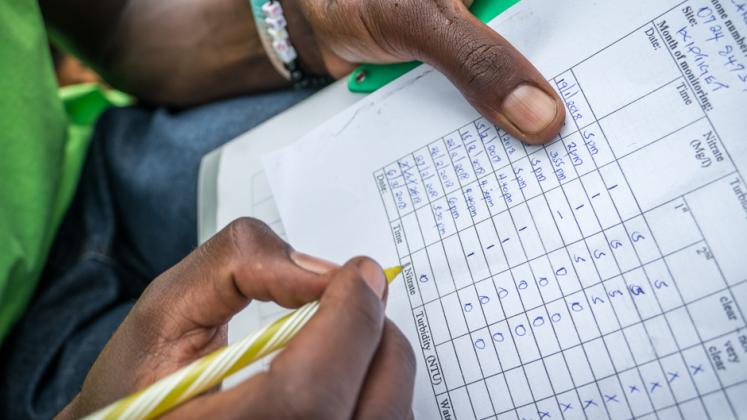In 2020, every human on Earth created an average of at least 1.7 megabytes of data per second, collectively amassing 2.5 quintillion data bytes. Some 90% of the world’s total data was created in the last two years alone.
Globally, companies are undergoing transformations including the use of digital technologies to create new or modified processes, culture, and customer experiences to meet changing business and market expectations.
The COVID pandemic has accelerated companies’ digital transformations, and by 2022 an estimated 70% of global gross domestic product will have gone through some form of digitisation, the result of an estimated US$6.8 trillion in investments.
This exponential growth of big data availability is propelling disruptive technologies like those using artificial intelligence, the Internet of Things, blockchain, and cloud computing, which all significantly alter how consumers, industries, or businesses operate.
Data-fueled artificial intelligence applications alone are projected to generate additional economic activity of around US$13 trillion by 2030. Because of this value generation capability, data is considered the “new oil”.
However, the trend from the last decade shows that, just like oil, the hot spots to generate and create value from data are located in just a select few countries. We are witnessing the creation of a data-impoverished Global South, which cannot reap the financial benefits or use data to address challenges like massive forest fires, water scarcity, floods, droughts, and other manifestations of the changing climate.
It is alarming that, despite the much talked-about explosion in data generation, critical high-quality data for global, regional, and national development is lacking. Major gaps are opening between the data haves and have-nots.
Unfortunately, the have-nots include the majority of countries facing challenges like water scarcity, access to clean water, exposure to flood risk, and drought, which require quality data to be generated and processed to create actionable information and knowledge.
Today, in the Global South water data collection tends to focus on individual development projects, spawning a patchwork of data sets of short time duration, restricted spatial coverage, and limited availability.
This decline is most evident in Africa, where the density of water-data collection networks has been declining over time and falls far below World Meteorological Organization (WMO) guidelines.
In the last two decades alone, the majority of new stations established to report to WMO’s Global Runoff Data Center are located in “new oil”-rich countries. According to the WMO database, gauging stations in North America outnumber those in the 20 most water-stressed countries by more than 10-1. Similar data inequality exists for water-quality and water-related disasters.
In the last decade, remote sensing data coupled with cloud computing has shown promise to address the water-data inequality in the Global South and is successfully used to monitor various parameters of surface water bodies over a period of time.
However, the lack of traceable ground truth observations against which to validate the satellite observations is a key challenge, essentially making the remote sensing data unfit to be used as part of water-related decision support systems. Also, the remote sensing data has failed to accurately quantify parameters like precipitation and river flows where the data gaps are most prominent in the Global South.
In addition to the lack of water data faucets, the uncoordinated and unmonitored data generation efforts in the Global South are leading to the creation of data wastelands, where more than 80% of data created is unstructured and random.
Converting this unstructured data to actionable information is expensive; cleansing and deduplicating a record can cost as much as US$10. This poor quality and sparse data also impacts AI and blockchain adoption, essentially shutting out the Global South from the economic activity, social, and climate change mitigation benefits these technologies provide.
Given the rise in the severity and frequency of water-related challenges, it is essential to address the data inequality-related issues to achieve the water-related Sustainable Development Goals in this decade.
The solution includes Global North leadership in the new world data order to share their data and information-related technologies with the Global South to help generate quality and actionable data at a global and national scale.
The Global North must also commit to water science capacity building by funding operation monitoring, data rescue and updates, and training of water scientists. Given the international nature of emerging water resource issues, the commitment and support of the entire global community is required to reverse the ongoing decline of critical water data sets.
•••
This article was first published by Inter Press Service News.
Suggested citation: Hamid Mehmood. "Data Drought in the Global South," United Nations University, UNU Centre, UNU-INWEH, 2021-11-08, https://unu.edu/article/data-drought-global-south.



